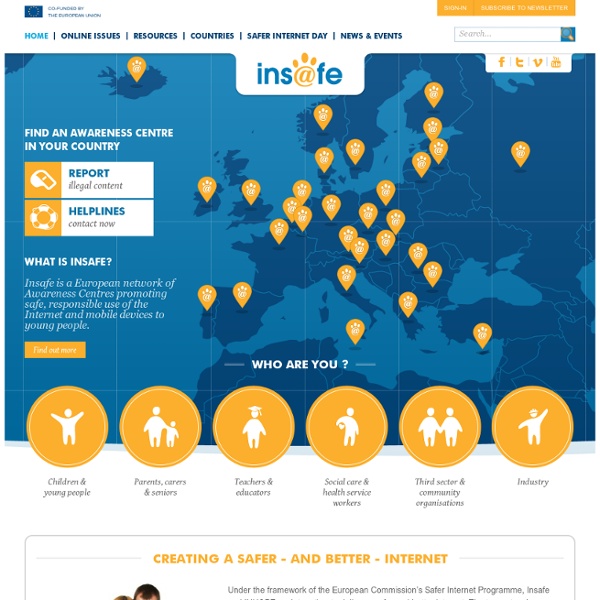



Home In iTEC (Innovative Technologies for Engaging Classrooms, 2010-2014), European Schoolnet worked with education ministries, technology providers and research organisations to transform the way that technology is used in schools. Over the course of the project, educational tools and resources were piloted in over 2,500 classrooms across 20 European countries, with the goal of providing a sustainable model for fundamentally redesigning teaching and learning. The project involved 26 project partners, including 14 Ministries of Education, and funding of €9.45 million from the European Commission’s FP7 programme. Read more: Project summary | Evaluation results
Games, Gadgets and the Cloud: Coming Soon to a School Near You Big Ideas Flickr: Môsieur J. [version 5.1.1 Computer games and mobile devices will be prevalent in schools within the next few years. Cloud computing and mobile learning: That’s the way of the near future in education, according to the New Media Consortium (NMC) Horizon Report: 2011 K-12 Edition. Released by the NMC’s Horizon Project, the report distills current trends, challenges, and emerging technologies in K-12 education. The report is full of specific examples of what’s really happening in schools, but Johnson recommends keeping a close eye on the following trends. Schools will start incorporating mobile, hand-held devices in the classroom in significant ways. Cloud computing will replace data storage on school servers because using free data centers that host thousands of servers, like Google, is becoming more prevalent. It might still be far out, but there’s a glimmer on the horizon that standardized tests may not be the only widely approved form of student assessment. Related
Insight: knowledge base for new technology and education The Observatory is intended to highlight evidence in the area of innovation in education, especially: statistics evidence (e.g. Survey of Schools: ICT in Education)evidence from practice (and policy)evidence from research (e.g. literature review on the KeyCoNet project)Findings from surveys of end users in schools. European Schoolnet Observatory is primarily designed to provide evidence about the use of technology to improve teaching and learning for decision makers in Ministries of Education, practitioners in schools and other ICT in education professionals at national, regional or local level across Europe. Explore the Observatory's four areas Briefing Papers European Schoolnet Observatory is currently working on a series of Briefing Papers to present the findings of the Survey of Schools: ICT in education on a specific topic and related them to the results of European Schoolnet projects on the topic. Find out more ► Observatory Blog Country Reports on ICT in education Find out more ►
GlobalScholar : Empowering the world to learn Successful School Leaders Today Need to Harness Technology & Social Media School leadership is complex. It’s often an enigma. It is simultaneously invigorating and exhausting. School and system leaders are pulled in hundreds of directions by hundreds of constituents every second of the day. Having the passion, skills, strategies, and with-it-ness to thrive in a position of school leadership requires, in part, taking the opportunity to learn from the experiences of other leaders. I had the opportunity to review William Sterrett’s recent publication, Insights into Action: Successful School Leaders Share What Works, published by ASCD. It was with great interest that I read this new book, curious if and how the author would encourage his readers to become connected learners and leaders — to harness technology and social media tools to enhance communication, collaboration, and learning opportunities for those in the organization and school community. Connected learning & leadership Highlights from the book About the author